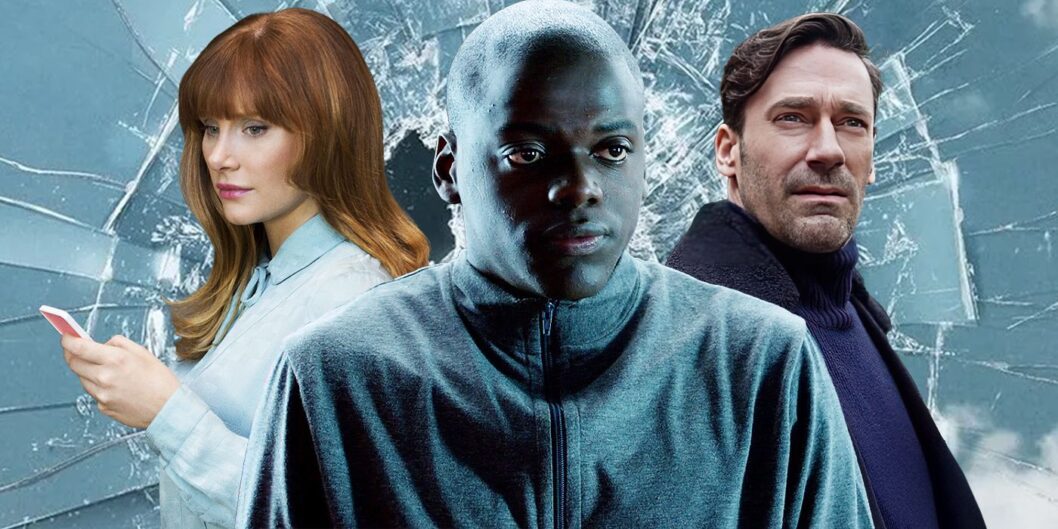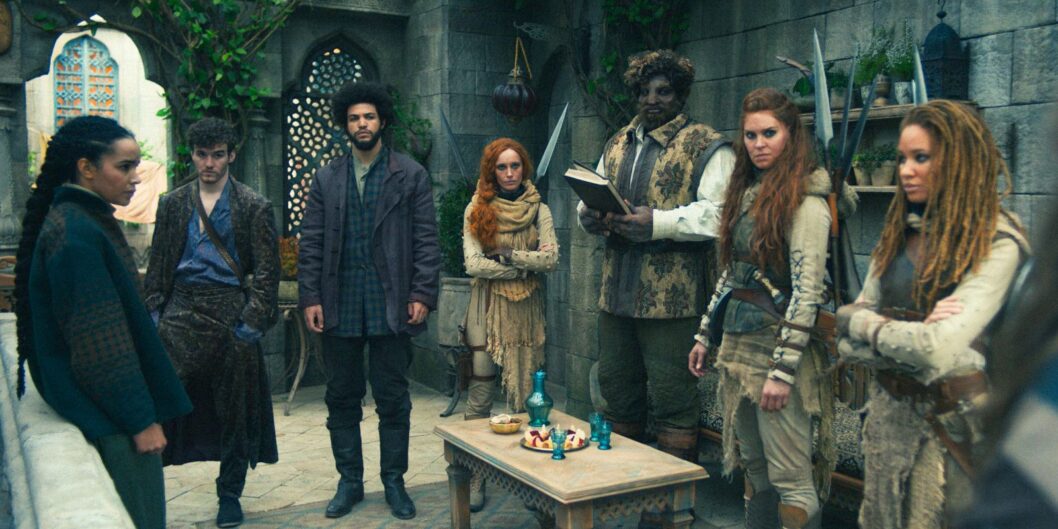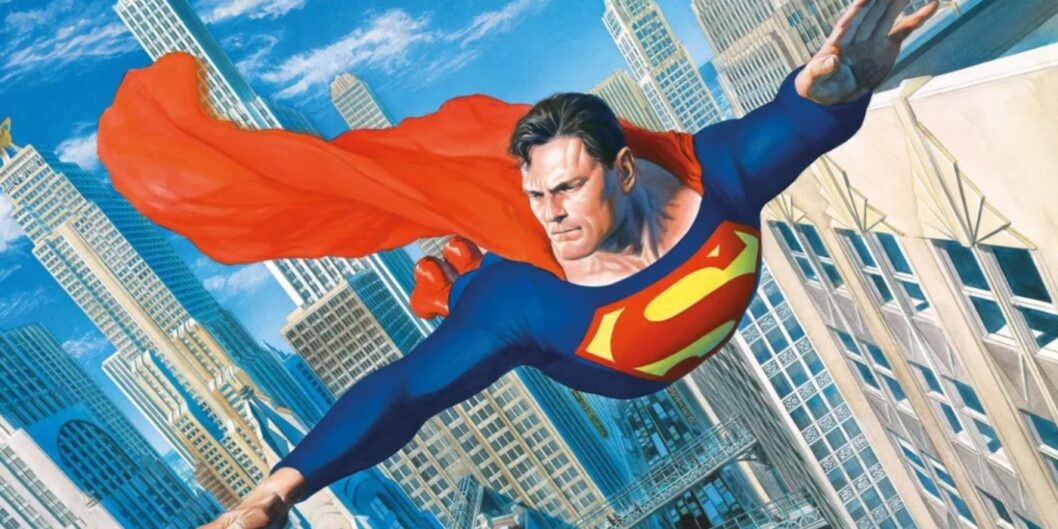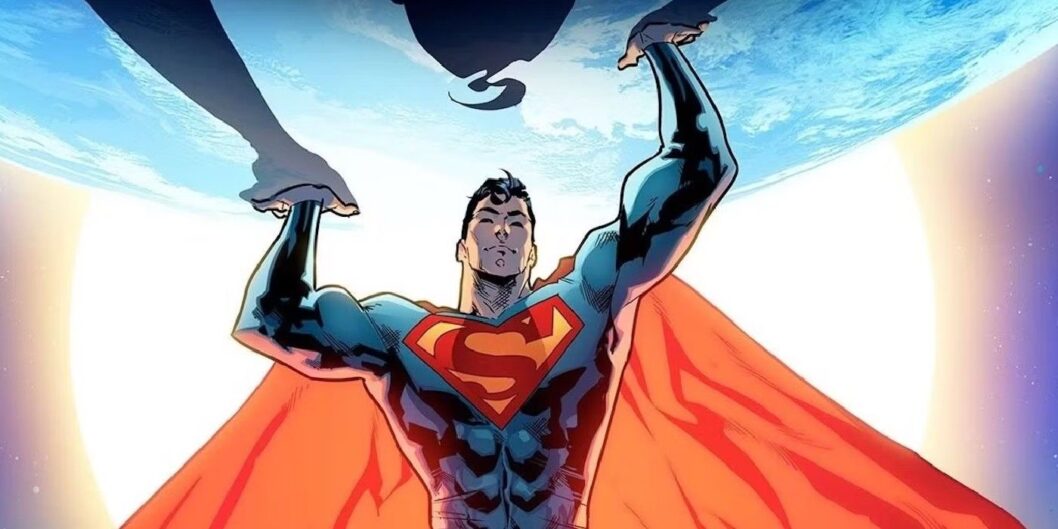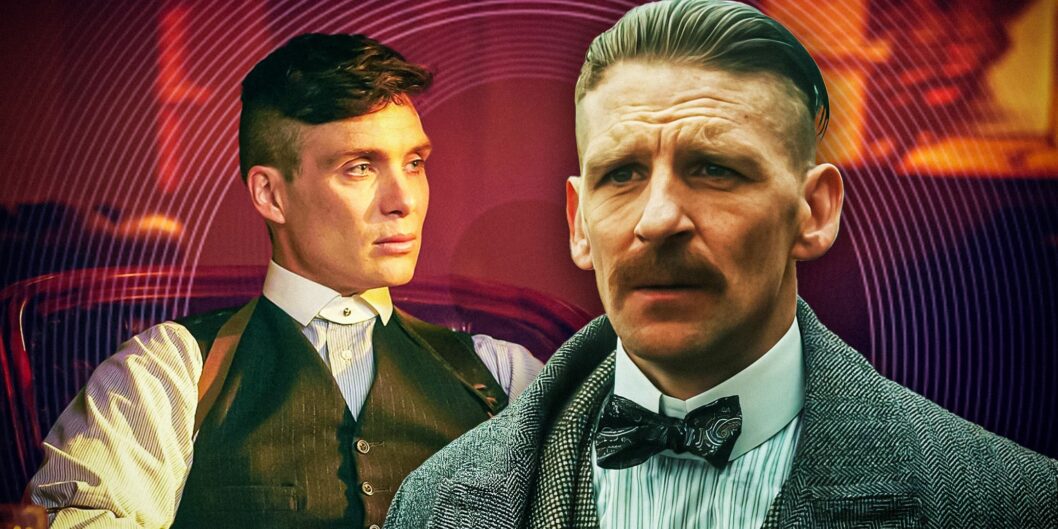The White Lotus Season 3 Episode 5 Recap: A Dark Turn Amidst Revelations
"The White Lotus" Season 3 has taken a thrilling and dark turn in its latest episode, evoking both suspense and emotional depth as characters grapple with their identities and relationships amidst a backdrop of unsettling events. Episode 5 opens with jarring imagery, featuring a pivotal moment that sets the stage for the episode’s unfolding drama.
A Morbid Opening Scene
The episode begins with the shocking sight of Timothy (Jason Isaacs) lying lifeless on the floor of his villa, blood pooling beneath him from a self-inflicted gunshot wound. This visceral scene swiftly shifts to the character’s waking moment as he snaps out of a haunting daydream, leaving viewers to ponder the psychological intricacies at play. The looming presence of a missing gun becomes critical, catalyzing the tension within the episode. Gaitok (Tayme Thapthimthong), the security guard, feels the weight of his responsibility as he observes Timothy’s suspicious actions, culminating in a night spent nervously watching over him.
Belinda’s Journey of Self-Discovery
Amidst the chaos, Belinda (Natasha Rothwell) finds herself navigating precarious professional dynamics. Following a chilling encounter with Greg (Jon Gries), who is linked to Tanya’s (Jennifer Coolidge) mysterious demise, she seeks solace in her budding romance with Pornchai (Dom Hetrakul), culminating in a tender, yet steamy, kiss. This romantic subplot entwines with the theme of vulnerability, showcasing how personal connections can provide a much-needed refuge amidst turmoil.
Explorations of Identity and Relationships
Meanwhile, across Bangkok, Rick (Walton Goggins) interacts with an old friend, Frank (Sam Rockwell), in a revelatory exchange about identity and transformation. Frank describes his wild journey that led him to question his own desires, emphasizing a profound encounter with self-acceptance.
In juxtaposition, the younger characters—Chelsea (Aimee Lou Wood), Saxon (Patrick Schwarzenegger), and their friends—are portrayed indulging in the hedonistic atmosphere of a full-moon party that culminates in unexpected intimacy. The episode deepens its exploration of relationships as the line between friendship and romance blurs, especially during a game of truth or dare that ignites a make-out session between Lochlan (Sam Nivola) and Saxon. This twist speaks to the underlying tensions and youthful explorations of love, the consequences of which may echo throughout the season.
Jaclyn’s Quest for Youth
Jaclyn (Michelle Monaghan), Laurie (Carrie Coon), and Kate (Leslie Bibb) embark on a wild night out, drawing attention with their nightlife escapades filled with youthful vigor. Jaclyn’s actions serve as an embodiment of a struggle against the passage of time as she dances with younger men, further emphasizing the series’ theme of the relentless pursuit of youth.
Amidst the chaos, their night concludes with Jaclyn’s magnetic flirtations, leading to an encounter with Valentin (Arnas Fedaravicius) in her hotel room, further signaling the mingling of lust and desperation that permeates their vacation.
A Sinister Closing Sequence
As the episode progresses toward its dark climax, Timothy, encumbered by personal despair and unresolved issues—including his assets being frozen—holds a gun to his head in a twisted moment of crisis. His wife, Victoria (Parker Posey), interrupts, leading to a chilling tableau as Timothy fervently prays for salvation. The storyline deftly intertwines themes of desperation and familial dynamics, leaving audiences bracing for what might transpire next.
Conclusion: The Turning Point of a Compelling Narrative
With its blend of dark comedy, emotional depth, and social commentary, Episode 5 of "The White Lotus" underscores the show’s ability to explore complex human relationships against a surreal backdrop. The precarious balance of humor and horror remains central to the series, enhancing its critique of privilege and moral ambiguity. As the narrative unfolds, viewers are left to question the price of personal connections and the lengths individuals will go to seek affirmation amidst chaos. New episodes of "The White Lotus" stream Sundays on HBO and Max, promising to continue this labyrinthine exploration of identity and desire.





